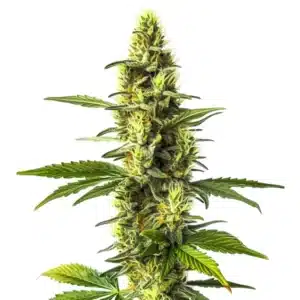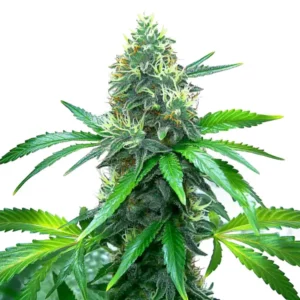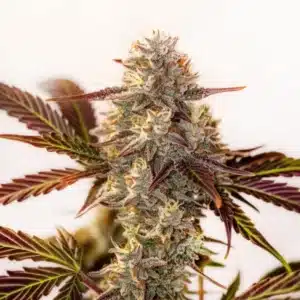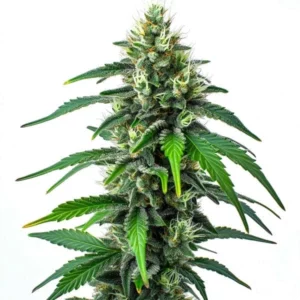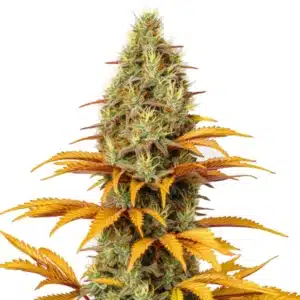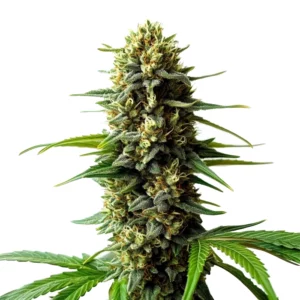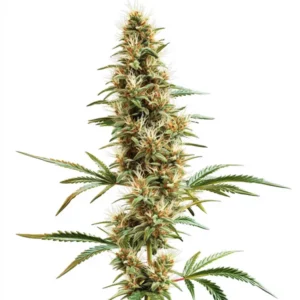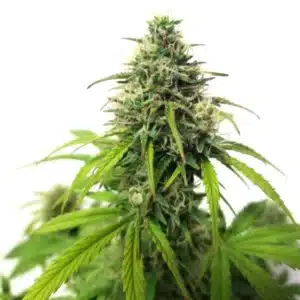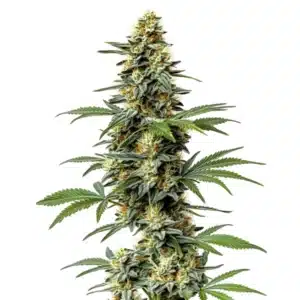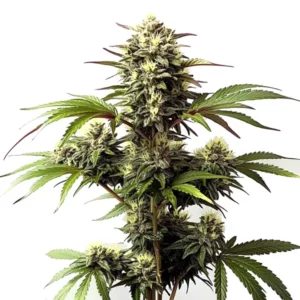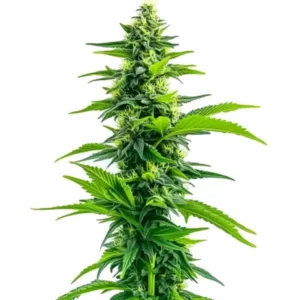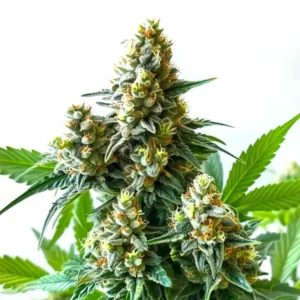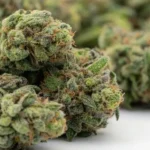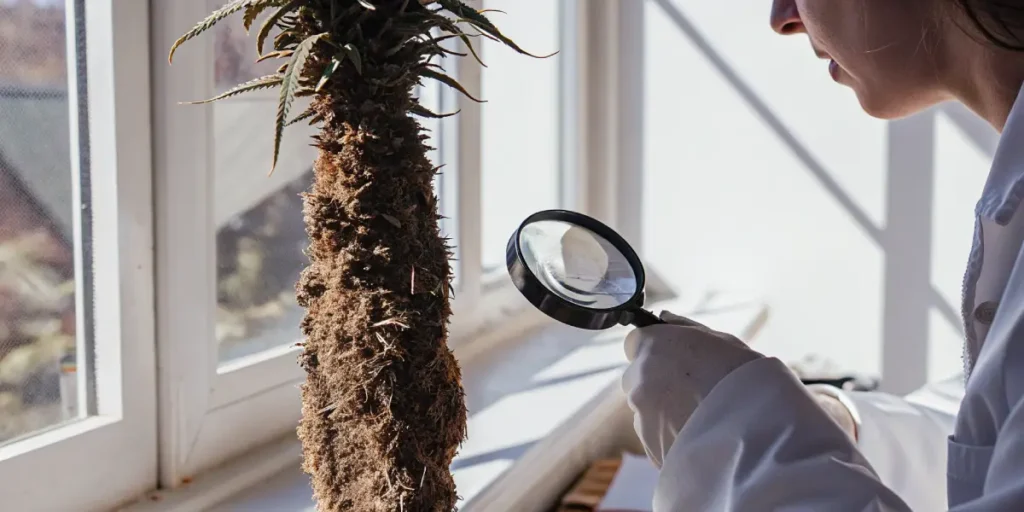
Are Laticifers Present in All Parts of the Cannabis Plant?
Many cannabis enthusiasts, whether first-time seed buyers or seasoned growers, often ask, “Are laticifers present in all parts of the cannabis plant?” Laticifers are specialized cells or ducts found in some plants, responsible for producing latex. In the context of cannabis, these structures are intriguing due to their potential role in the plant’s biology.
Laticifers in cannabis don’t produce the same latex as seen in rubber trees, but they still play a part in the plant’s defense mechanisms. If you’ve ever wondered about their distribution in cannabis anatomy, you’re not alone. Questions about whether cannabis leaves contain laticifers or if they’re more concentrated in the stem and roots are common among growers.
Recommended Strains
Amnesia Lemon
-
THC: 18% - 21%
-
Type of seed: Feminized
-
Phenotype: 60% Sativa / 40% Indica
-
Flavor: Citrus, Fruity, Sweet
-
Day to flower: 8 - 10 weeks
OG Kush
-
THC: 20% - 24%
-
Type of seed: Feminized
-
Phenotype: 45% Sativa / 55% Indica
-
Flavor: Citrus, Lemon
-
Day to flower: 8 - 10 weeks
The presence of laticifers in cannabis plant parts can vary. While these structures might not be as prominent as other features like trichomes, they still contribute to the plant’s overall health and function. Let’s delve deeper into where these laticifers might be found and what that means for your growing experience.
Laticifers in Cannabis Stem and Roots
The stem of the cannabis plant is a vital part of its structure, supporting leaves and flowers. Some studies suggest that laticifers may be present within the stem, though they are not as visually obvious as other components. This part of the plant serves as a highway for nutrients and water, making it a crucial area for any plant structure.
In the roots, the function of laticifers can be linked to protection and storage. While the roots are primarily involved in nutrient absorption, the presence of laticifers in cannabis roots might aid in deterring pests and pathogens. This makes the roots an integral part of the plant’s defense strategy.
Knowing the laticifers in cannabis stem and roots can offer insights into how these structures contribute to plant vigor. By acting as a line of defense, they ensure that the plant can continue to grow and flourish even in challenging environments. This protective role underscores the importance of these structures in the overall health of the cannabis plant.
While the presence of laticifers in cannabis plant parts like the stem and roots is not always visible, their impact is significant. Growers who understand the distribution of laticifers in cannabis anatomy are better equipped to nurture their plants effectively. This knowledge can be particularly beneficial when optimizing growing techniques to enhance plant resilience.
- Stem: Supports the plant and aids in nutrient transport.
- Roots: Anchor the plant and absorb nutrients from the soil.
Promos & Deals
Do Cannabis Leaves Contain Laticifers?
Cannabis leaves are essential for photosynthesis, turning sunlight into energy. While trichomes are more commonly discussed, the question remains, do cannabis leaves contain laticifers? Some research indicates that these structures might be present, though not as prominently as in other parts like the stem.
Knowing the presence of laticifers in cannabis leaves can help growers better appreciate the plant’s complexity. For those cultivating strains like Amnesia Lemon, knowing how each part of the plant functions can lead to more effective growing practices and better yields.
The presence of laticifers in cannabis plant parts such as leaves might be subtle, but it is nonetheless a crucial aspect of the plant’s defense. While not as obvious as other anatomical features, the presence of these cells can offer additional protection against environmental stressors. This hidden layer of defense can be a valuable asset for growers aiming to optimize plant health.
As growers explore whether cannabis leaves contain laticifers, they also gain a deeper knowing of the plant’s intricate anatomy. This knowledge allows them to adapt their cultivation strategies to enhance plant robustness. Recognizing the multifaceted role of laticifers in cannabis anatomy can lead to more resilient and productive plants.
- Leaves: Primary site for photosynthesis.
- Leaf structure: May contain less obvious laticifers.
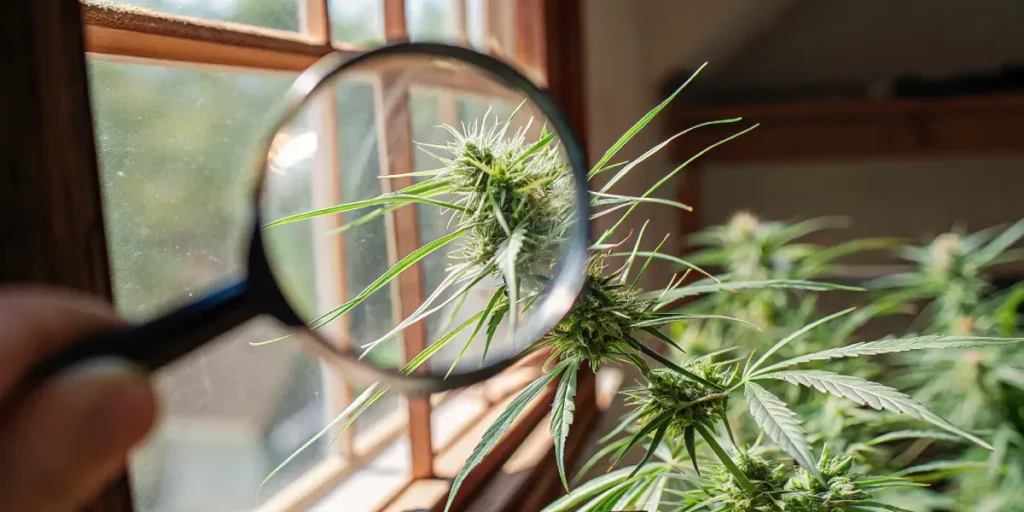
Laticifers Role in Cannabis Plant Biology
In cannabis plant biology, laticifers might play a subtle yet significant role in the plant’s overall health. While they are not as prominent as other plant structures, they contribute to the plant’s defense mechanisms by potentially deterring pests and pathogens.
For growers interested in strains like OG Kush, knowing these small details can make a big difference. Knowing where laticifers fit into the cannabis anatomy allows you to tweak your growing techniques to optimize plant health.
The function of laticifers in cannabis plant biology extends beyond mere defense. They are an integral part of the plant’s internal system, working in conjunction with other structures to support growth and vitality. By knowing their function, growers can make more informed decisions about how to nurture their crops.
Laticifers distribution in cannabis anatomy highlights their significance in maintaining plant health. As part of the broader biological framework, these cells assist in safeguarding the plant from potential threats. This layered protection is a testament to the plant’s evolutionary adaptability, offering growers a chance to cultivate stronger, more resilient plants.
- Defense: Laticifers may help deter pests.
- Biology: Contribute to plant health and vitality.
FAQs
What are laticifers?
Laticifers are specialized cells or ducts in some plants that produce latex. In cannabis, they don’t create the same type of latex as rubber trees but are involved in the plant’s defense. These structures can help deter pests and pathogens, contributing to the plant’s overall health.
Knowing laticifers’ role in cannabis plant biology offers insights into how these plants protect themselves. Though not as prominent as other features, they still play a part in the plant’s complex system. This knowledge can be particularly useful for growers looking to optimize their crops.
The presence of laticifers in cannabis plant parts is a fascinating aspect of the plant’s biology. Though they may not be as visually prominent as other features, their contribution to the plant’s defense is invaluable. By exploring the function of laticifers, growers can develop strategies that enhance plant health and productivity.
As growers learn more about what laticifers are and how they function, they can make more informed decisions about plant care. This knowing allows for a tailored approach to cultivation, ensuring that each part of the plant is supported and maintained for optimal yields. The subtle yet significant role of laticifers in plant biology underscores the complexity and resilience of cannabis.
Are laticifers present in all parts of the cannabis plant?
While laticifers are present in some parts of the cannabis plant, they are not found everywhere. Their distribution can vary, with more concentration in certain areas like the stem and possibly the roots. However, their presence in the leaves is less pronounced.
Knowing where laticifers are likely to be found can help growers make informed decisions about care and cultivation techniques. For example, focusing on strains like Gelato can provide valuable experience with different plant structures.
The question “Are laticifers present in all parts of the cannabis plant?” invites growers to investigate the unique anatomy of their crops. By knowing the varied distribution of these structures, growers can adapt their techniques to ensure each part of the plant receives appropriate care. This approach can lead to healthier plants and more successful harvests.
Laticifers distribution in cannabis anatomy is a topic of interest for many growers. By studying the presence and function of these cells, cultivators can gain a deeper knowing of their plants’ needs. This knowledge empowers them to create optimal growing conditions, ultimately enhancing plant vitality and yield quality.
Why are laticifers important for cannabis growers?
Laticifers play a role in the plant’s defense mechanisms, which is beneficial for growers. By potentially deterring pests and pathogens, they help maintain plant health. This is especially important in outdoor grows where the plants are more susceptible to external threats.
For both novice and experienced growers, knowing these cells can lead to better cultivation practices. Knowing how to protect and optimize your plants can result in healthier yields and more robust plants.
Recognizing the importance of laticifers for cannabis growers highlights the value of these structures in plant care strategies. By contributing to the plant’s natural defense system, laticifers allow growers to focus on preventive measures that enhance overall health. This knowing is crucial for both indoor and outdoor cultivation settings.
As growers become more aware of the significance of laticifers, they can implement practices that support these structures. From selecting nutrient-rich soils to monitoring environmental conditions, growers have numerous opportunities to enhance the presence of laticifers in cannabis plant parts. This proactive approach leads to healthier, more resilient plants.
How can growers optimize for laticifers in cannabis?
Growers can optimize for laticifers by focusing on overall plant health. Ensuring that the cannabis plant has the right nutrients, light, and water can help maintain the structures that support laticifers. This includes monitoring for pests and using natural deterrents.
Choosing strains known for robust growth, like Amnesia Lemon, can also be beneficial. These strains might offer more insight into how different plant parts, including those with laticifers, contribute to overall health.
Optimizing for laticifers in cannabis involves a holistic approach to plant care. By maintaining a balanced environment that supports all aspects of plant growth, growers can ensure the health and functionality of laticifers. This includes regular monitoring and adjusting of light, water, and nutrient levels to sustain plant vitality.
Growers can also benefit from selecting strains with a known presence of laticifers in cannabis plant parts. By focusing on these varieties, they gain a deeper knowing of how to support these structures effectively. This insight can lead to improved cultivation techniques and more successful harvests.
Can laticifers affect the quality of cannabis yields?
While laticifers themselves do not directly affect yield quality, their role in plant health can have an indirect impact. By helping deter pests and pathogens, they contribute to a healthier plant, which can produce better yields. Healthy plants are more likely to have higher quality flowers.
Knowing the presence of laticifers in cannabis plant parts can give growers an edge. It allows for better strategies to protect the plants, ultimately contributing to higher quality and more abundant harvests.
The impact of laticifers on cannabis yield quality is an area of growing interest among cultivators. Though these structures do not directly influence yield size or quality, their contribution to overall plant health is undeniable. By supporting a robust defense system, laticifers enable the plant to thrive and produce high-quality flowers.
As growers explore the connection between laticifers and yield quality, they gain valuable insights into optimizing their cultivation practices. By prioritizing plant health and ensuring the presence of laticifers in cannabis plant parts, they can achieve more consistent and successful harvests. This focus on health and resilience is key to maximizing the potential of each crop.

